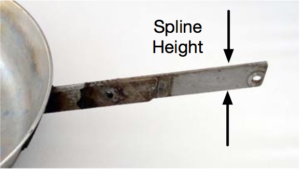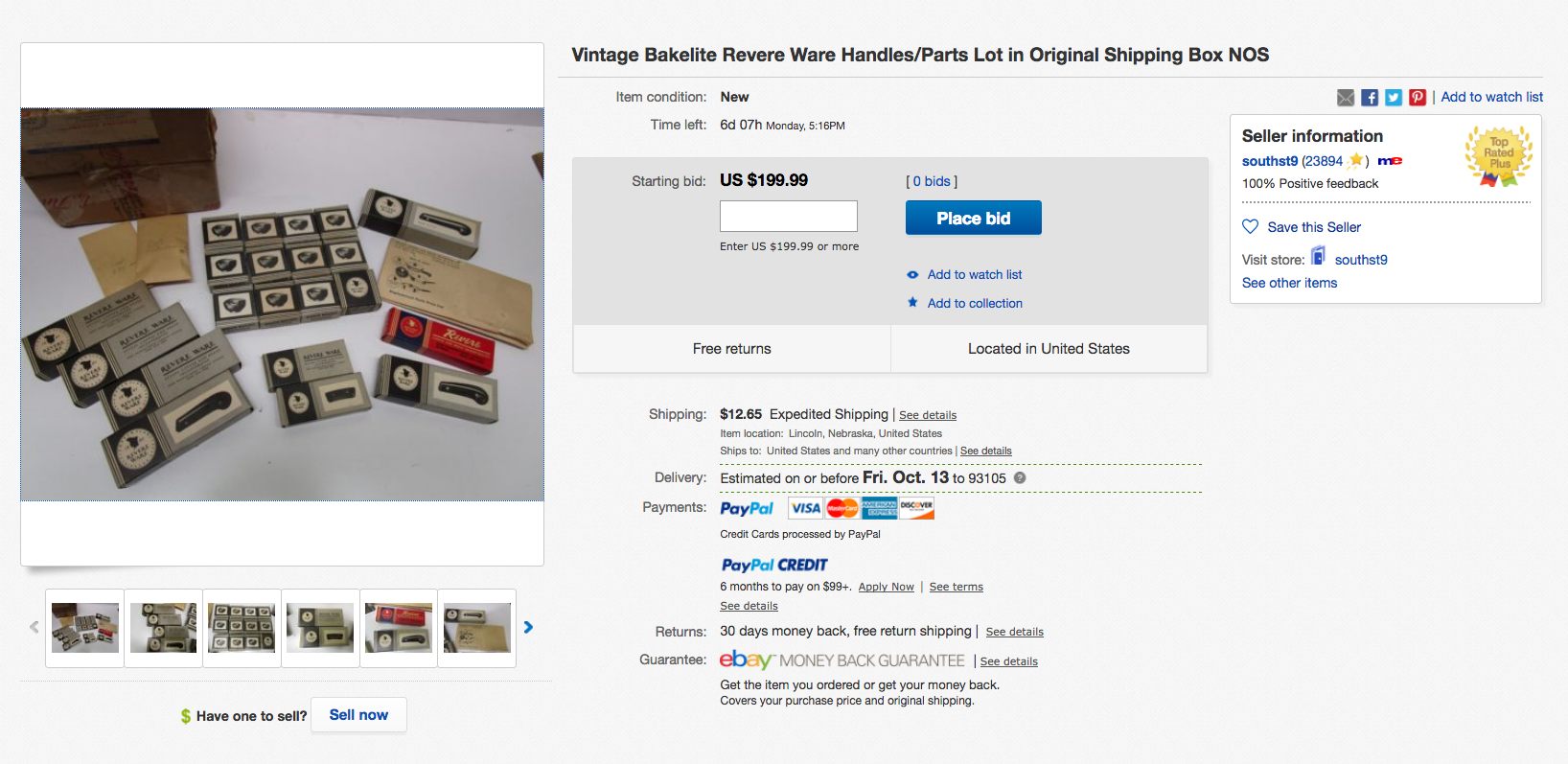I recently came across this great historical video from 1937 about Bakelite, which, apparently is not pronounced bake-lite, but bake-a-lite. Apparently, in its day, Bakelite was quite the material and was (and might still be) used in quite a few industrial and consumer applications. The use of Bakelite in cookware was just but one of its many uses.
In a number of places it shows the high pressure / temperature molding process with hydraulic presses; our parts are still made this way today, starting with a powder that is formed into the parts. For a little about the chemistry of Bakelite, here is another video.


